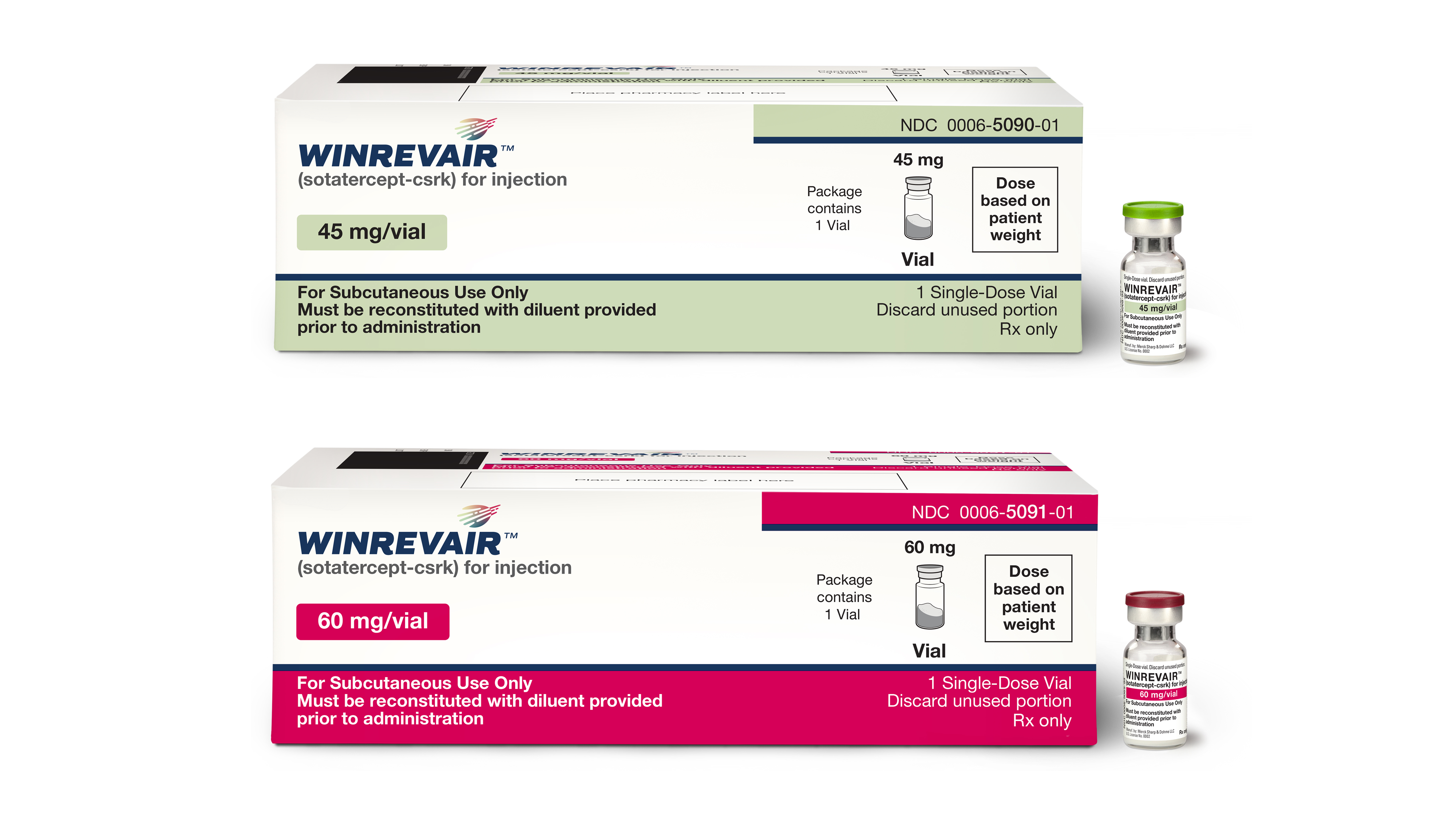In a new opinion piece published in the journal JAMA IM, two physician-researchers at The Dartmouth Institute for Health Policy and Clinical Practice call into question the effectiveness of Allergan’s blockbuster dry eye drug, Restasis. The researchers point out that while Restasis has done exceeding well on the US market, bringing in $8.8 billion in sales between 2009 and 2015, the drug was never approved in other parts of the world such as the European Union over efficacy concerns.
What’s more, the authors of the viewpoint highlight that taxpayers shelled out $2.9 billion for the drug in the same period as part of Medicare Part D, making questions about its effectiveness a concern for both patients and the public as a whole.
Allergan originally applied for FDA approval for Restasis in 1999, however an FDA advisory committee and other reviewers found that the efficacy data was insufficient for approval. But in 2003, the regulator passed the dry eye drug based on indirect evidence that 15 percent of patients treated with Restasis in a clinical trial showed a response in a pooled analysis, compared to five percent in the placebo group.
However, as pivotal trials failed to show improved symptoms scores over the placebo, regulators outside of the US refused to approve the drug. The researchers point out that in 2010, Canada joined the US in approving Restasis for a smaller patient population, however no provincial or federal drug plans cover the eye drops after a national health technology assessment unit recommended the country not pay for it.
The authors of the article say that the marketing campaign surrounding Restasis and dry eye disease is largely responsible for the drug’s impressive sales in the US. Between 2016 and 2017, Allergan spent $645 million on disease awareness campaigns and advertising for Restasis, highlighting the fact that it is the only approved treatment for chronic dry eye.
“Given the scant evidence of efficacy, why does Restasis have more than $2 billion in annual sales in the United States? An important reason may be the extensive marketing campaign to sell a disease—chronic dry eyes—and its treatment,” wrote Lisa Schwartz and Steven Woloshin from Dartmouth in their opinion piece.
Schwartz and Woloshin contend that Allergan’s marketing campaign – including the associated websites, mydryeyes.com and Restasis.com – served to pathologize the fairly benign symptoms of itchy, watery eyes into a disease dubbed ‘chronic dry eye.’ Their websites also warn of more serious consequences of untreated chronic dry eye which reinforce the message of it being a disease which needs to be treated – with Restasis.
“Disease awareness campaigns – like chronic dry eyes – are an effective way for companies to sell a disease to sell a drug,” said Woloshin. “But people shouldn’t assume that you even need a drug to treat symptoms – or that the advertised drug actually relieves the symptoms in the quizzes.”
The researchers’ overall message is about the importance of independent drug information – a resource that US patients, doctors and payers have little access to. They say that most doctors learn about new drugs from the sales representatives of the pharmaceutical companies who make them, and regulatory documents for older drugs, such as Restasis, are often not available as a source of information.
“When you think of all the good that could have been done with the billions spent on Restasis in the US, it reminds us how high the stakes are for better independent information about how well drugs work,” said Schwartz.








Join or login to leave a comment
JOIN LOGIN